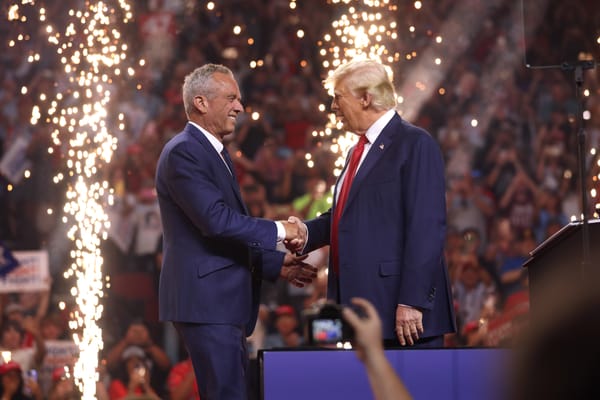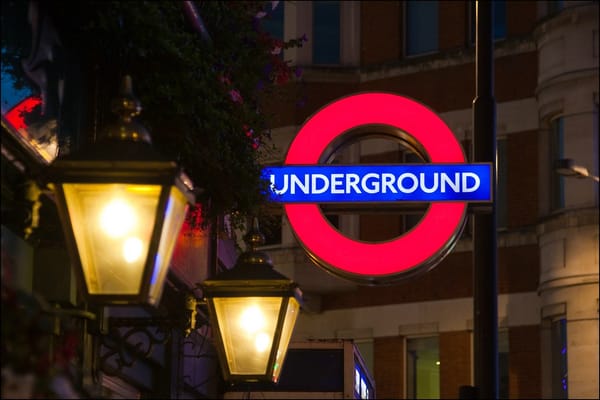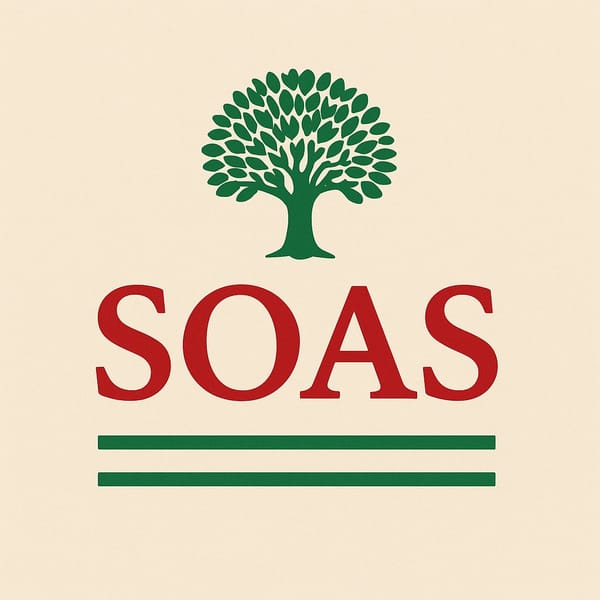Two Worlds Inside One

Shah Mohammad Abdul Basit, BA International Relations and Economics
There are a lot of works that have been devoted to searching for the recipe of making a revolution. From Marx to Trotsky, Lenin and beyond — everyone wants to know, how to tame this wild, unpredictable beast. The Iranian Revolution of 1979 fit all of these categories. It took by surprise those who were looking and those who were not. It appeared as though almost overnight the complete socio-political strata of an entire nation had been overturned. A people that had been friendly turned bitter, their leaders even more so. But such is the nature of revolutions: sudden and drastic.
This particular upheaval took its roots in the unlikeliest of places. Surely, morbid things like chaos must originate from the ninth ring of hell? In this case, everything began from a quaint town just outside of Paris called Neauphle-le-Chateau. This village hosted the Ayatollah for four months after he was expelled from Iraq by Saddam. It is here that he was given a platform and gained international recognition through his flurry of media activities. Then, the Shah fled, and the Ayatollah left this quiet village and took to his old home, Tehran. From afar it did seem like all of this happened within a few days. However, upon closer observation it became obvious that the seeds had been sown long ago. To sum up, an earlier democratic government was toppled exogenously to make way for monarchy. This new government took steps which served the interests of outsiders more than it helped the country. Predictably, the people quickly grew disillusioned with their rulers and took matters into their own hands. The rest is history.
The timeline of these events is easily comprehensible and accessible for anyone to read and understand. However, the impact of this revolution is still being felt across the globe and that is the main concern here. First of all, it created a very clear dichotomy right across the Middle East. In essence, this created two ideological powerhouses in the Islamic world – Shia and Sunni.
This was a rivalry that was almost as old as Islam itself. Although punctuated by time periods of relative unity, when the dust settled this animosity always stood.
The most recent bout of unity had come in the shape of Arab nationalism. It did not last long and the revival of Shiite Islam in Iran once again made clear that there were indeed two worlds inside the Arab world.
On a wider scale, the presence of a West-hating country right in the heart of the Middle East was bound to create some problems. Its proximity to the strait of Hurmuz — the world’s artery of oil, gives it a very strong trump card. Iran’s role as a regional counterweight to the Western backed Sunni block became even clearer as the Soviet Union imploded and Iran came to be seen as the last bastion against Western liberalism.
From an ideological point of view, post-revolution Iran represents something unique as well. It is a living testimony to the fact that democracy is capable of adaptation. Liberalism, capitalism etc. are not pre-requisites for democracy to take hold. Even the structure of governance in the Islamic Republic is unprecedented. The idea that there can be an unelected and lifelong executive position is unique. The entire political system is driven by religion and yet the democratic processes exist and are well-oiled. Iran has come about to represent a strange concoction of Islam and democracy.
The current geopolitical climate provides a clear case study on the prevalence of Iran in the Middle East. The role of Hezbollah and other Iran backed Shiite groups in Syria have helped change the balance of power in the Syrian Civil War. The establishment of Revolutionary Guard bases mark a tangible entry of Iranian influence in the social and political section of Syrian society. The similarity that the current Iranian operation in Syria bears to the Lebanese episode is stark. Iran’s role in Yemen has also become a flashpoint through which Iran looks to establish a Shiite outpost right at the doorstep of its Sunni rival. These manifestations of Arab rivalry are a direct consequence of the revolution and show no sign of going away.



